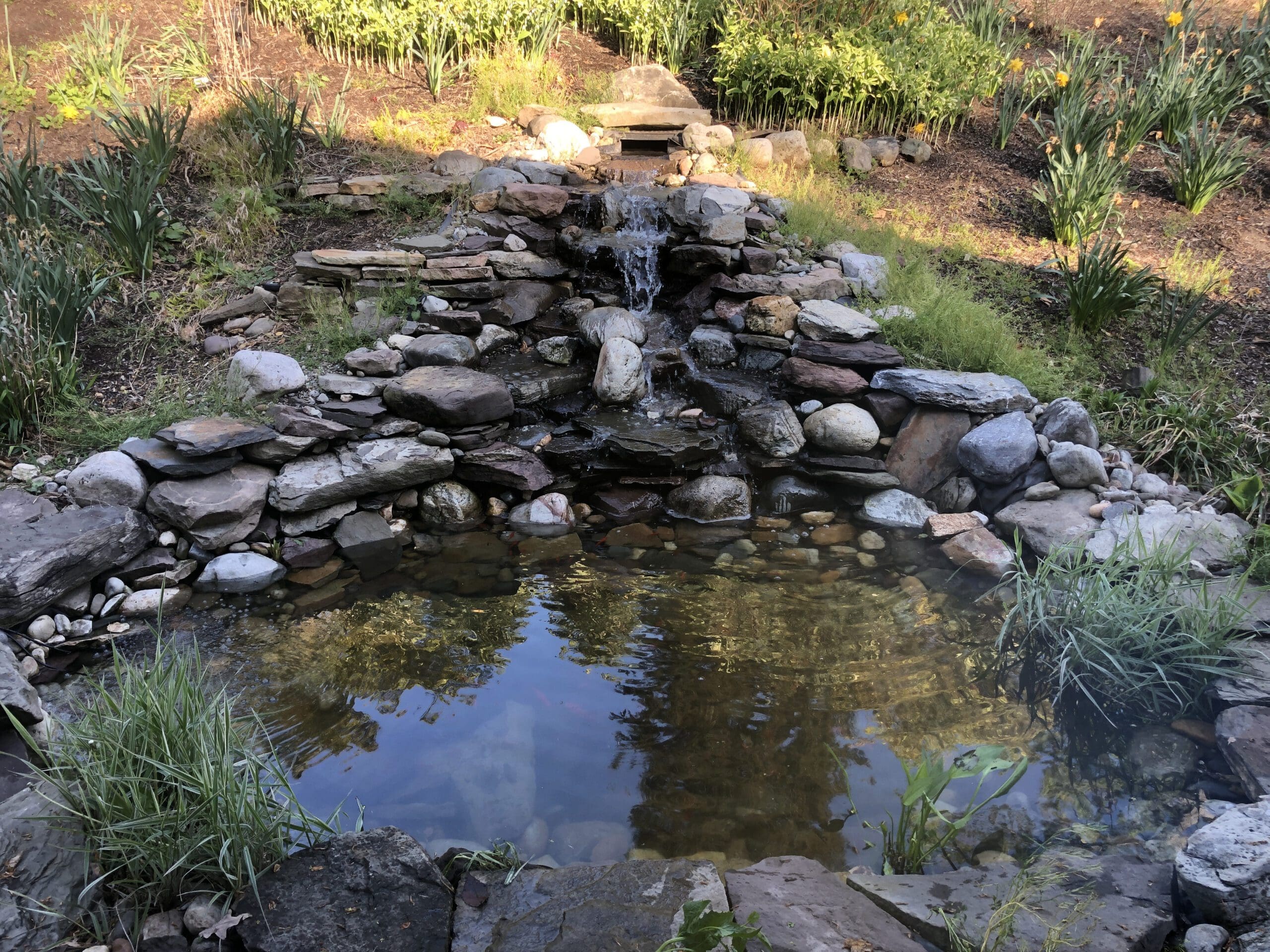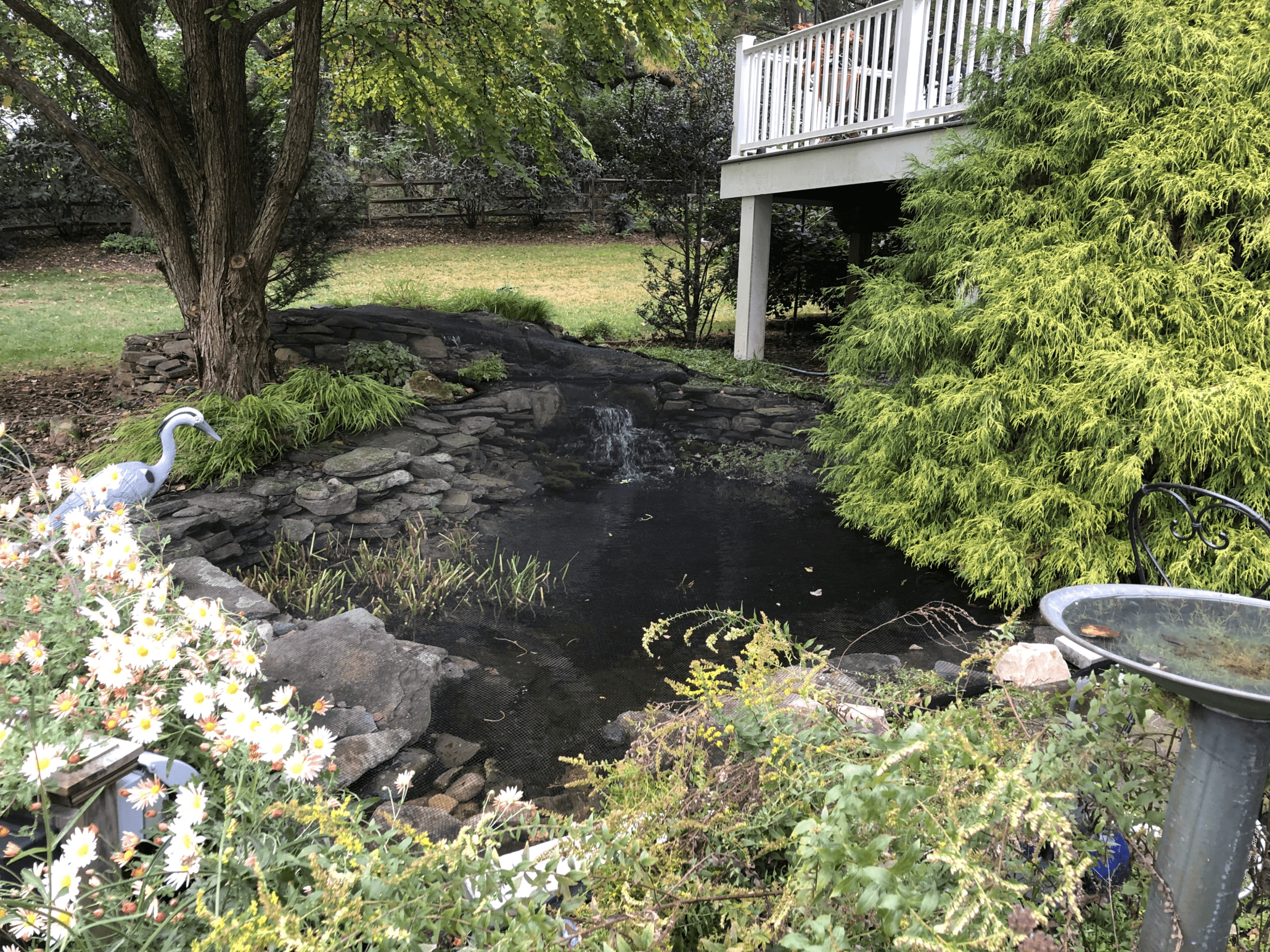10 Tips for Fall Pond Care
A nip in the air, shorter days, and the shedding of multi-colored leaves from the trees signifies a changing of the seasonal guard and mean its time for Fall Pond Care.
Fall Pond Care can vary depending on where you live, but there are some basic guidelines to help your aquatic plants and finned friends weather the chill of Mother Nature. Here is a handy check list to help ensure a healthy pond come spring time.
Our Top Fall Pond Care Tips
- Decaying leaves and foliage produce toxic gases that can harm your fish so you want to remove this debris before winter rolls into town. You don’t need to remove every single last leaf but try to remove the majority.
- If you put Protective Pond Netting over your pond before the leaves started to fall, your job is easy. Carefully roll up the net and discard the leaves that were caught.
- Stop fertilizing your aquatic plants after the first frost.
- Trim back hardy marginal aquatic plants to 2″ above the water to keep the dead foliage from drooping over into the pond.
- Trim back waterlily leaves and stems to 2-3″ above the base of the plant. This keeps dead foliage from decomposing in the pond.
- If you left hardy waterlilies in their pot, drop them into the deepest part of the pond to over-winter. Do not bring them indoors as they need a period of dormancy.
- Bring tropical waterlilies indoors if you want to over-winter them. Keep the pot in 50-degree water or take them out of the pot and store in sand. Be advised, even trained horticulturists lose a lot of tropical waterlilies when storing them indoors, so you might simply want to treat them as annuals.
- If you didn’t use a net over the surface of your pond, you’ll need to remove the build-up of leaves from the bottom of the pond. Use a long handled pond net to scoop them out. Check your skimmer basket and remove any leaves that are still caught inside.
- Add Cold Water Beneficial Bacteria to the pond once the temperature drops below 50 degrees. Use twice weekly for two weeks, and then once per week until the water starts to freeze.
- Once temperatures drop to 50 degrees, stop feeding your fish. They need to get ready to hibernate and you’ll want to avoid any metabolic complications. You can feed them Cold Water Fish Food until the temperature drops below 50 degrees.
Reach out to see how we can help with your Fall Pond Care.






